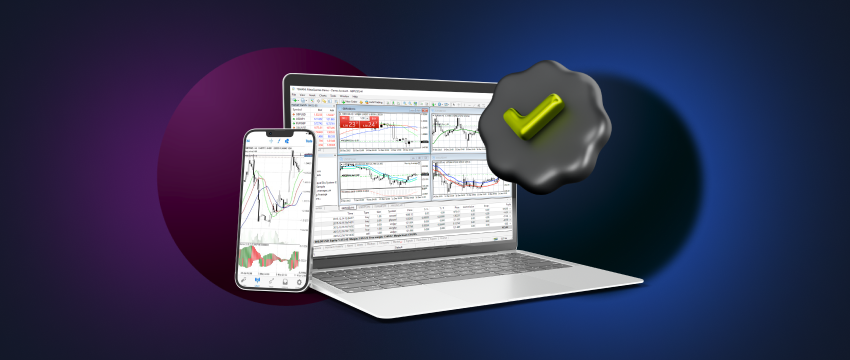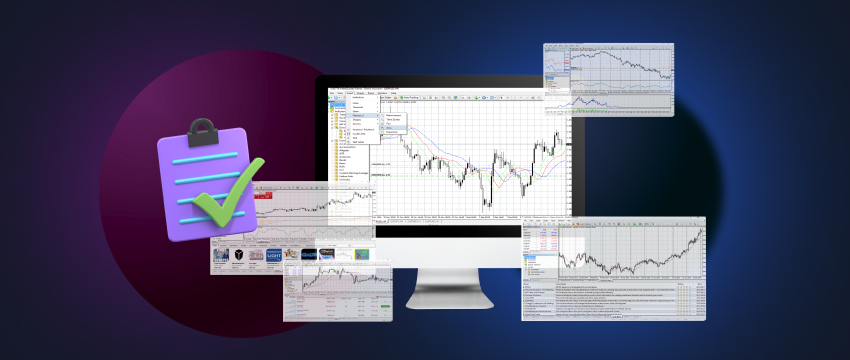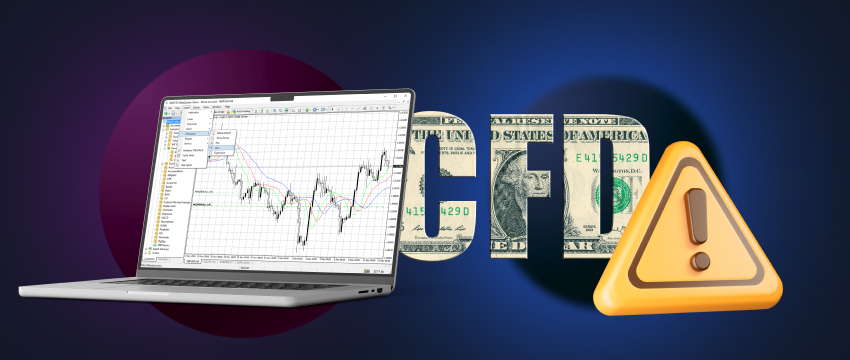Navigating the world of trading can be overwhelming, as there are so many different strategies, markets, and trading styles. The ultimate question though on everyone’s mind is: “What type of trading is most successful?”
Whether you’re a day trader analyzing minute-by-minute fluctuations or a long-term investor observing trends, success varies depending on several factors, including your expertise, risk tolerance, and market conditions.
In this article, we aim to explore various types of investing, such as day trading, swing trading, and long-term investing to determine which is most likely to yield the highest returns.

Different trading types
The world of investing offers countless strategies and styles, each with its own set of rules, risks, and rewards. Understanding these different types can help you decide which approach best suits your lifestyle, risk tolerance, and financial objectives. Let’s look at some of the most common trading types:
Day trading type
Day traders buy and sell financial instruments within the same trading day to profit from rapid price fluctuations. They typically go long when they predict prices to rise and go short if they believe prices will fall. Day traders can make money provided they have a well-planned strategy, a deep understanding of market indicators as well as lots of time to monitor trends in the different financial markets using real-time data.
Swing trading
Swing traders look to capitalize on price “swings” in a financial instrument. They typically hold their positions for several days or weeks, aiming to profit from short-term upward or downward market shifts.
Position trading
Position traders take a longer-term approach, holding positions for several weeks or months. They often depend on fundamental analysis, although technical indicators can also play a significant role.
Scalping: Scalpers seek to profit from small price changes and make a fast profit through buying and then selling assets. They make multiple trades within a single day, often holding positions for just a few seconds or minutes. You need to be able to enter and exit trades quickly and easily (in seconds or minutes), because one large loss could eliminate the many small gains you have worked to gain.
Momentum trading: Momentum traders are looking for assets that are moving significantly in one direction. This strategy is effective over the short or medium term and often involves careful monitoring of market news and trends.
Choose a reputable broker
Choosing a broker with a good reputation is an additional step toward achieving successful trading. A forex broker like T4Trade aims to provide an outstanding investment experience for all its traders. This is made possible through its flexible leverage, fast execution speed, competitive spreads, and secure investing environment.
T4Trade also provides a variety of accounts to choose from, catering to the needs and requirements of most global traders. The broker provides access to industry-leading MetaTrader 4, as well as 300+ tradable instruments from 6 asset classes, including shares, indices, forex, futures, metals, and commodities. Our multilingual customer support team is available to answer your questions or deal with any inquiries 24/5 via email or Live Chat.

Which trading types/styles are most profitable for beginners?
Determining the most profitable trading style for beginners depends on several factors, such as risk tolerance, time commitment, and starting capital.
However, due to the complexities and rapid pace of certain investing styles, some methods are generally more suitable for beginners.
Long-term investing
Long-term investing is often considered the best choice for beginners. This strategy requires you to make fewer investment decisions and relies on long-term financial and economic trends, providing you with more time to correct mistakes. Because it involves less frequent trading, long-term investing usually has lower transaction costs. Historically, markets have generally trended upward, making this a less risky option for beginners.
Swing trading
Swing trading offers a balanced approach if you are looking for more action than long-term investing but aren’t ready for the fast pace of day trading. This strategy involves holding onto assets for days to weeks to capitalize on expected upward or downward market movements. While it’s not as fast-paced as day investing, it still demands a good understanding of both technical and fundamental analysis.
Swing trading, which carries a moderate level of risk, allows beginners to learn about market trends without the pressure of needing to make snap decisions.
Position trading
Another more low-risk option is position trading. This style involves holding trades for several weeks or even months, based on long-term trend analyses. It combines elements of both technical and fundamental analysis but doesn’t call for the split-second decision-making skills that day investing and scalping demand.
Steer clear of high-risk strategies initially
Day trading and scalping are less suitable for beginners since you need to have a comprehensive understanding of the markets and quick decision-making skills. These styles also have higher transaction costs and require more capital.
Learn about trading types with T4Trade Academy
If you want to learn more about various types of trading, visit the T4Trade Academy. You’ll find a wealth of educational resources to help you develop your investing skills and increase your knowledge. The Academy provides educational materials for all investing types, regardless of expertise.
This includes podcasts for webinars and videos-on-demand. In addition, you can find a useful Economic Calendar to keep you up-to-date on global economic events and news, and Live TV. You can also read lots of blogs on the T4Trade website. These are also helpful tips, insights, strategies, and analyses on the markets and trading.
A proper trading plan is essential
No matter what type of investor you are, unless you have a well-thought-out investment plan in place, your losses will likely be greater than your wins. An investment plan that is likely to increase your potential for success typically consists of several key elements.
How much time you can dedicate to trading
Your investment plan must define how much time you’re willing to invest in trading. For instance, day trading is time intensive with a large volume of trades being opened and closed continuously throughout the trading day. If you don’t have the time required to manage this type of investing, it’s probably best to reconsider how you’re able to achieve your trading goals.
Risks you are willing to take on in a single trade
This refers to your preferred position size. Determining the size of your position size should be part of your investment plan. The rules should preferably align with your budget as well.
Level of expertise and trade performance
Your investment plan must consider your trading knowledge, skill set, and the average performance of your trades. The latter requires an ongoing assessment of historical investment data to determine whether you’re making or losing money. Your plan should only be adjusted if necessary.
Risk Management Strategies Across Various Trading Types
The goal of your plan is to help you profit from investments, as well as protect your capital. You can only achieve this by having well-defined risk management rules that ensure proper orders are executed to limit potential losses or secure specific gains.
Continuous education
Regardless of your investing experience, continuous education is a vital part of any plan. Stay up-to-date with market trends, economic developments, and innovative trading strategies. You can develop your skills and knowledge by accessing online educational materials, participating in seminars and webinars, staying connected with trusted financial news sources, and engaging with experienced traders to improve your expertise.
Different Trading Types: Practice on a Demo Account
Make daily practice an essential part of your trading plan. Use a demo account to sharpen your skills, test your strategies, and evaluate results. This will allow you to identify your strengths and weaknesses, reduce risk, and increase your potential for making gains.

Final thoughts
Successful investing is dependent on many factors, including your level of expertise, risk tolerance, and the amount of time you can dedicate to trading.
The key to achieving success in investment lies not just in choosing the right type of trading but also in continuous learning, risk management, and flexibility in adapting to changing market conditions.
Regardless of your investing style, both a strong educational foundation and a well-thought-out strategy are necessary for success in trading.
免责声明: This material is for general informational and educational purposes only and should not be considered investment advice or an investment recommendation. T4Trade is not responsible for any data provided by third parties referenced or hyperlinked in this communication.




